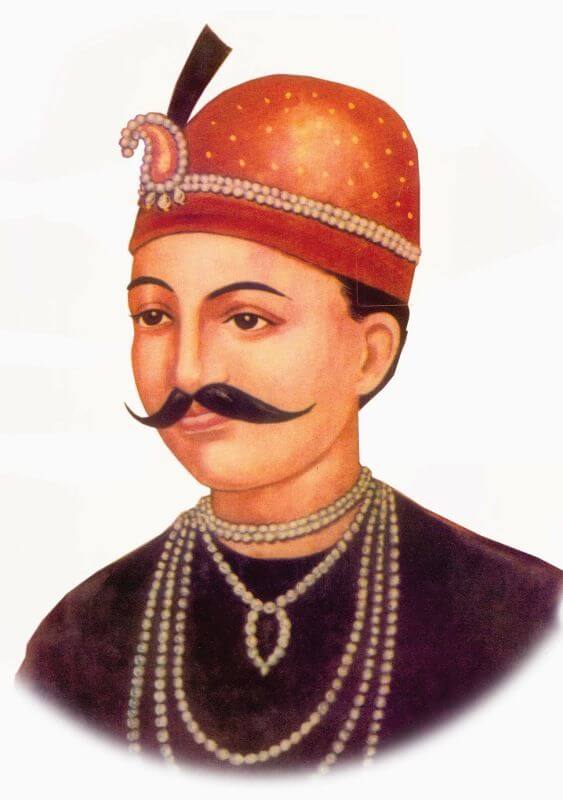
The history of the Indian freedom struggle would not have been what it is today had it not been for dare-devil freedom fighters like Tatya Topey, Rani Laxmi Bai, Shivaji, and Nana Sahib the adopted son of Bajirao Peshwa-II
Born in an orthodox Brahmin family from Pune, Tatya Tope played a leading role in the first war of independence in 1857.
Though largely ignored by historians like Romilla Thapar and Irfan Habib Tatya Topey deserves to be treated at par with the greatest commanders like Subhash Chander Bose.
In 1851, when Lord Dalhousie deprived Nana Sahib of his father’s pension, Tatya Topey swore revenge and organized an anti-British upsurge in favour of Nana Sahib. In May 1857, Tatya Tope proclaimed himself Commander-in-Chief of the revolutionary forces and established Nana Sahib’s authority with the help of the East India company troops stationed at Kanpur. Even though he lacked formal military training, he made a name for himself as a master tactician and matchless guerrilla warrior. Later he joined hands with Rani Lakshmi Bai and reached Gwalior where he declared Nana Sahib as Peshwa. But before he could consolidate his position he was defeated and Rani Lakshmi Bai was killed. The fall of Gwalior was a turning point in his career but Tatya Tope did not give up and fought some 150 odd battles against the British during his life span
However at last he was betrayed by his trusted friend Mansingh and captured by the British on 7th April 1859. “What I did was for my mother and I have no regrets” he declared. Finally, he was hanged on 18th April 1859.
Tatya Topey was the first time glorified by Veer Savarkar in his famous book “Indian war of Independence 1857″.
Savarkar was the first person to refer to mutiny as the first war of Independence. Otherwise, people termed it as Indian Sepoy gadar or mutiny. It was a well-organized war of Indians — though restricted to North India. It was triggered by Mangal Pandey and well fought by the common people of North India. It was well led by Rani Laxmi Bai, Jhalkari Bai, Nana Saheb Peshwa, Tatya Topey, Veer Kunvar Singh of Bihar and so many unknown leaders.
Likewise, another shining star of Indian history who deserves a mention is Maharana Pratap. Pratap defeated Akbar’s 30,000 strong army with a small army of just 8000 men such badly that Akbar did not dare to attack Chittor again. It is a mystery why Maharana Pratap never thought beyond Chittor?
On the other hand Shivaji dreamt of establishing Hindvi Swaraj. His mission was ably carried by Peshwas. Mahadji Sindhia of Gwalior the youngest son of Ranoji Rao Scindia, the founder of the Scindia dynasty rejuvenated the Maratha army. Mahadaji Shinde’s role was instrumental in establishing Maratha supremacy over North India. By 1786, he ruled over a great part of North India. And the Badshah of Delhi was his puppet. Marathas virtually ruled Delhi.
On January 1, 1818, 800 East India Company soldiers defeated 30,000 Marathas under Bajirao Peshva-2 with the help of local Dalits at Bhima Koregaon village 16 miles northeast of Pune in Maharashtra.
The British, with just 834 infantrymen — about 500 of them from the Mahar community — and 12 officers defeated the 28,000-strong army of Peshwa Bajirao II. It was one of the last battles of the Third Anglo-Maratha War, which ended the Peshwa domination.
That was the end of Maratha Empire.

